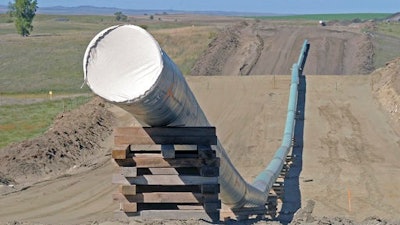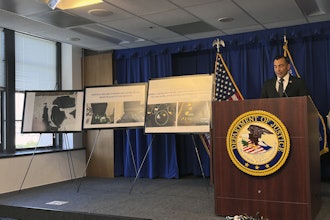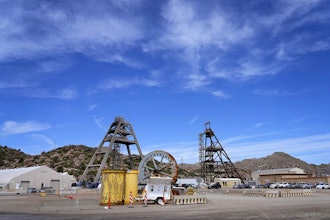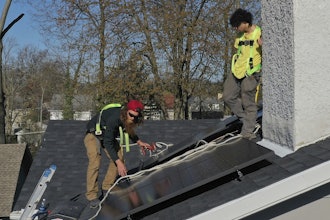
BISMARCK, N.D. (AP) — North Dakota regulators who want to fine the developer of the Dakota Access oil pipeline over the reporting of Native American artifacts during construction are now looking into whether the company removed too many trees while laying pipe in the state.
The Public Service Commission planned to discuss both matters during a closed executive session on Friday, with resolutions to both issues possible by the group's next public meeting on Wednesday, Chairwoman Julie Fedorchak said.
The $3.8 billion pipeline to move North Dakota oil to a distribution point in Illinois has been controversial because of opposition by American Indian tribes and environmental groups who fear environmental harm. Construction is complete, however, and the pipeline should be fully operating by June 1, said Vicki Granado, spokeswoman for the Texas-based developer, Energy Transfer Partners. Mop-up work remains, such as tree restoration.
A December report from third-party inspector Keitu Engineers and Consultants Inc. identified 83 sites along the 380-mile (610-kilometer) pipeline corridor in North Dakota where trees might have been cleared in violation of the commission's orders. The report by analyst Dean Mostad doesn't estimate the number of trees involved.
Granado insisted to The Associated Press that ETP didn't violate terms of its permit. Mike Futch, ETP's pipeline project manager in North Dakota, said in a letter to commission attorney John Schuh in March that it's possible the company cleared the disputed areas of trees before the company and commission agreed in June 2016 how large an area could be cleared. The company submitted its tree replacement plan in April.
That plan calls for two trees to be planted for every one that was removed — a total of about 94,000 trees — and for the company to inspect them annually for three years to monitor survival rates. The PSC must approve the plan.
A law firm representing numerous landowners on Monday filed a consultant's report that contends ETP's tree replacement plan includes far fewer species than were removed and that a "flawed approach" to soil work could result in trees "being planted and growing well for five or ten years, then dying."
Fedorchak said ETP could be fined for any violation of the Public Service Commission's tree removal orders.
The commission already has proposed a fine of at least $15,000 after the company diverted construction of the pipeline around artifacts last October without first running the plan by regulators. No artifacts were disturbed.
ETP maintains it didn't intentionally violate state rules and has asked for that case to be dismissed.






















